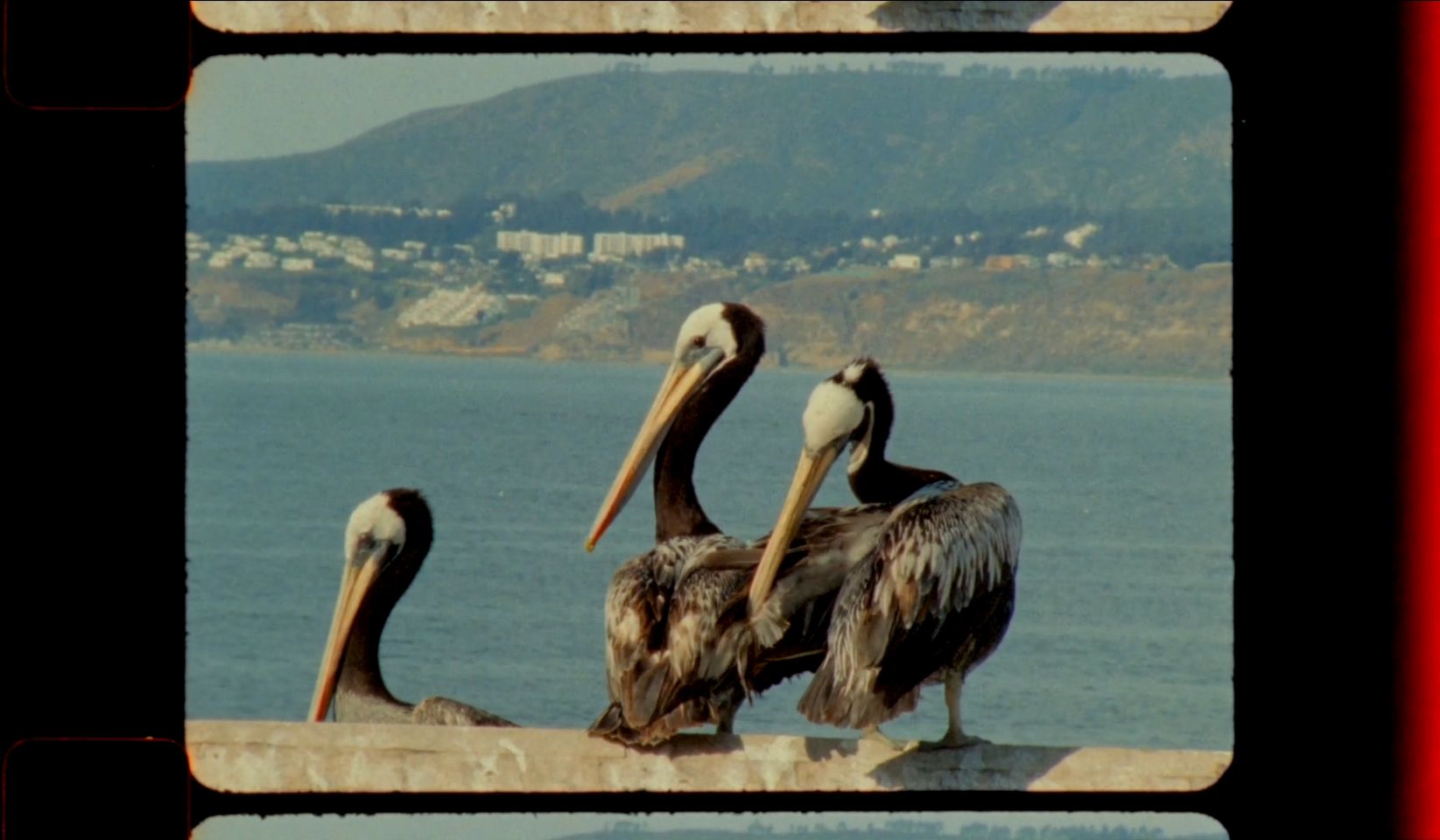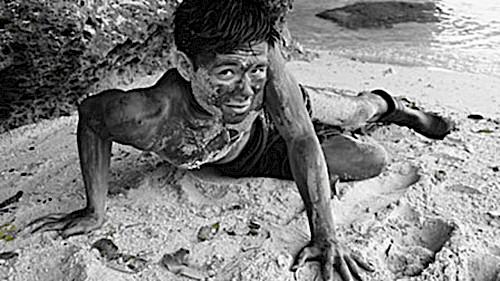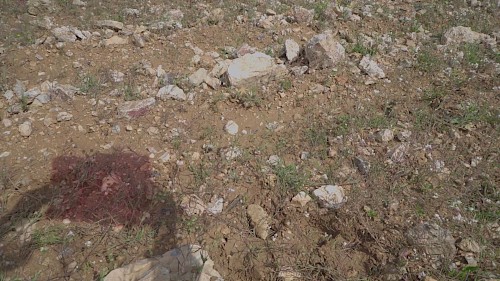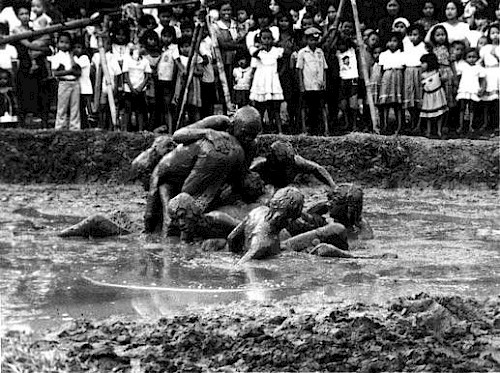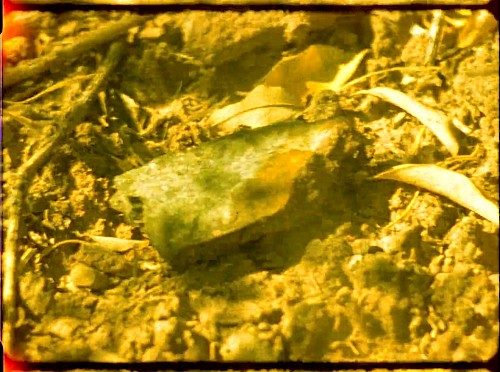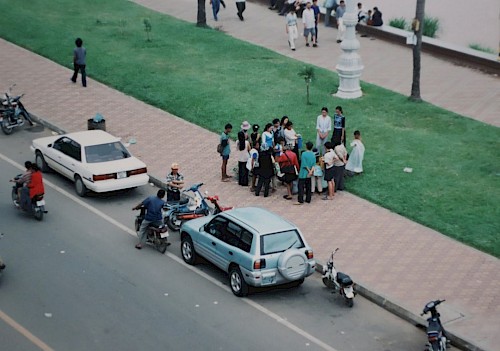75005 Paris
Session as part of the Festival des Cinémas Différents et Expérimentaux de Paris.
In the presence of Jeannette Muñoz and Sothean Nhieim. Thanks to Léa Morin, David Hanan & Amir Pohan
According to Rob Nixon in his seminal book Slow Violence and the Environmentalism of the Poor, climate change is pushing us to reconceptualize what we might call violence. Rather than events or actions that are immediate in time, explosive and spectacular in space, and which “erupt into instant sensational visibility”, we need, he says, to address another kind of violence, not spectacular or instantaneous, but gradual and cumulative. The effects of global warming are primarily of this kind, and we see this particularly in those regions of the world referred to as the Global South (Africa, South America, Asia, etc.). To think of the ecological crisis in terms of this “slow violence” is, of course, to recognize that the devastation it causes is inextricably linked to the ravages created on a global scale by capitalism and colonialism. But it also poses a challenge for cinema: how do we represent this relatively invisible violence, dispersed as it is in time and space? The films in this program can be understood as various attempts to dramatize these problems. Because even when, as in Toxic Mango (2006) by Filipino filmmaker Khavn, this violence is portrayed in a more “spectacular” way - here in almost burlesque fashion - the real cause of it is always kept off-screen, very much present but just outside our field of vision. Palestinian filmmaker Inas Halabi takes the elusiveness of power networks in the West Bank directly as her subject in her experimental documentary We Have Always Known the Wind’s Direction (2019), to the point where it affects the very form of her visual investigation into the possible burial of nuclear waste in the region.
Perhaps even more opaque, Meta-Ekologi (1979), directed by cult Indonesian filmmaker Gotot Prokosa, shows a performance organized by choreographer Sardono W. Kusuma in a slum near Jakarta. Little by little, the dancers are collectively swallowed up by the mud and earth; including, in the end, this figure a little apart from the others, dressed in white and smoking a pipe, reminiscent of Dutch settlers. Interdependence of humans and the earth? Some live it on a more daily basis than others, whether they like it or not. Eventually, we’ll all end up back in the mud? Perhaps, but some more quickly than others… And even mountains and pyramids end up being destroyed, eroded by time and the cumulative violence experienced by the ancient land of the Aztecs, as evoked by Piramide Erosionade (Eroded Pyramid) (2019) by Colectivo Los Ingrávidos. Another land transformed by the operations of colonialism and industry: Puchuncaví (Jeannette Muñoz, 2014-2024) formerly a hub for Mapuche “fiestas”, now a city on the Chilean coast mixing tourism, factories, refineries and loading ports. Finally, we end with the film-performance Nous ne sommes pas au monde (2001) by Sothean Nhieim, in which the requiem sung live by the director accompanies images of Cambodian peasants camping out in front of the national parliament to express all that has been lost, all that has been taken away from them.
